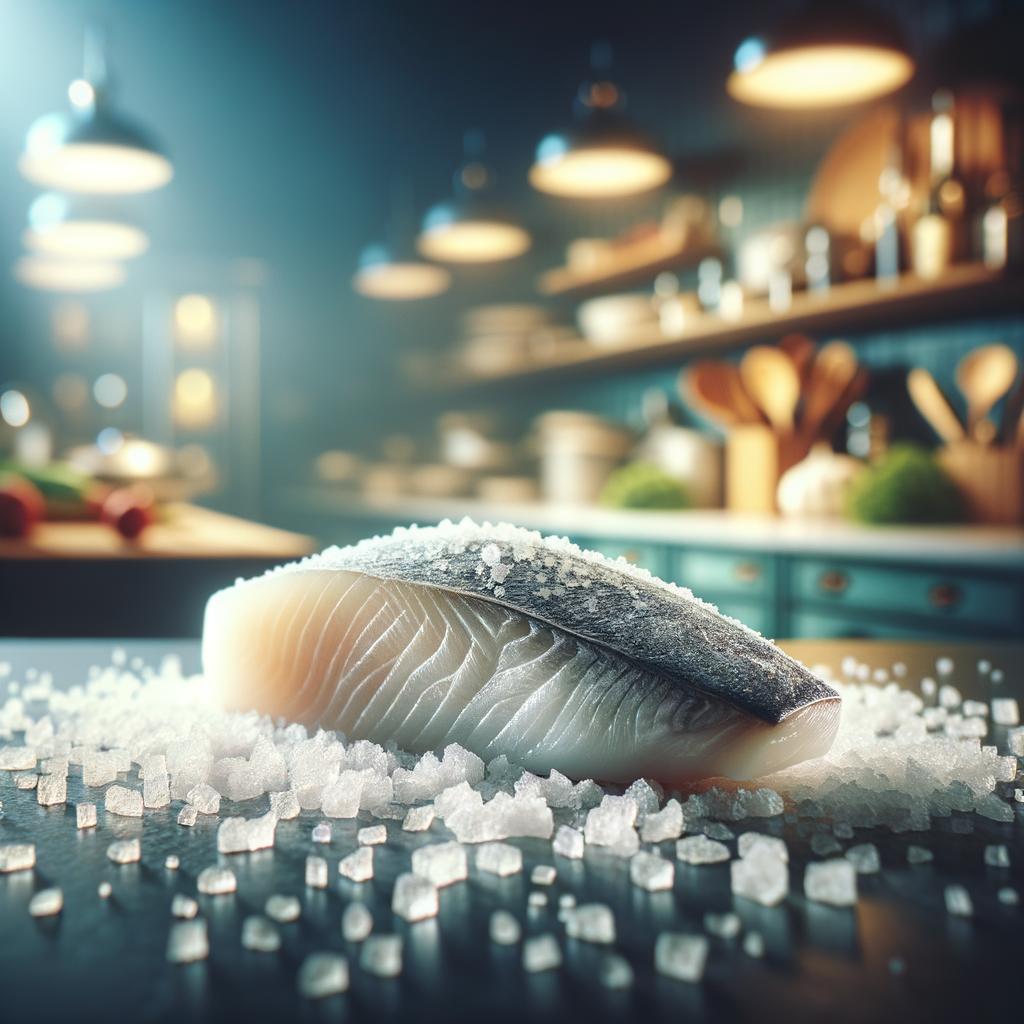Salt Cod

Description
Salt cod, also known as Bacalhau, is a divine ingredient that has been gracing our tables for centuries. Its appearance is distinctive, with a pale, almost translucent color that speaks of its long journey from sea to salt to plate. The texture is firm yet flaky, and the flavor is a tantalizing balance of sweetness from the fish and the savory depth from the salt. What sets salt cod apart from fresh cod is the transformation it undergoes through the process of salting and drying. This not only preserves the fish but also intensifies its flavor, creating a unique ingredient that is both versatile and delicious.
Primary Uses
Salt cod is a beloved ingredient in many cuisines around the world. In Portugal, it is used in countless dishes, from the hearty Bacalhau à Brás to the comforting Bacalhau com Natas. In Italy, it is transformed into baccalà mantecato, a creamy, dreamy spread served on crusty bread. In the Caribbean, it becomes the star of accras de morue, delightful little fritters that are perfect for a sunny day. Beyond its culinary uses, salt cod has also served as a valuable trade commodity throughout history, and in some cultures, it holds a significant place in festive and religious traditions.
History
The history of salt cod is as rich and varied as the dishes it graces. It was the Vikings who first discovered the art of preserving fish with salt in the 9th century, a technique that allowed them to venture further out to sea. In the Middle Ages, salt cod became a staple of the Catholic Church during Lent, when meat was forbidden. This led to its spread across Europe and later to the New World. Over time, salt cod has evolved from a necessity for survival to a delicacy enjoyed by many. There are even romantic tales of sailors and explorers sustained by salt cod on their long voyages, and of communities brought together by the shared ritual of soaking and preparing the fish for meals.
Nutritional Information
Salt cod is a nutritional powerhouse. It is high in protein, providing essential amino acids for muscle growth and repair. It also contains a wealth of vitamins and minerals, including Vitamin B12 and iodine, which are crucial for brain health. However, due to the salting process, it is high in sodium, so it should be consumed in moderation, especially by those monitoring their salt intake. When compared to fresh cod, salt cod has a similar nutritional profile but with a higher sodium content. Despite this, its robust flavor and storied history make it a worthy addition to any diet.
In the end, salt cod is more than just an ingredient; it's a testament to our ancestors' ingenuity, a symbol of cultural identity, and a delicious reminder of the sea's bounty.

